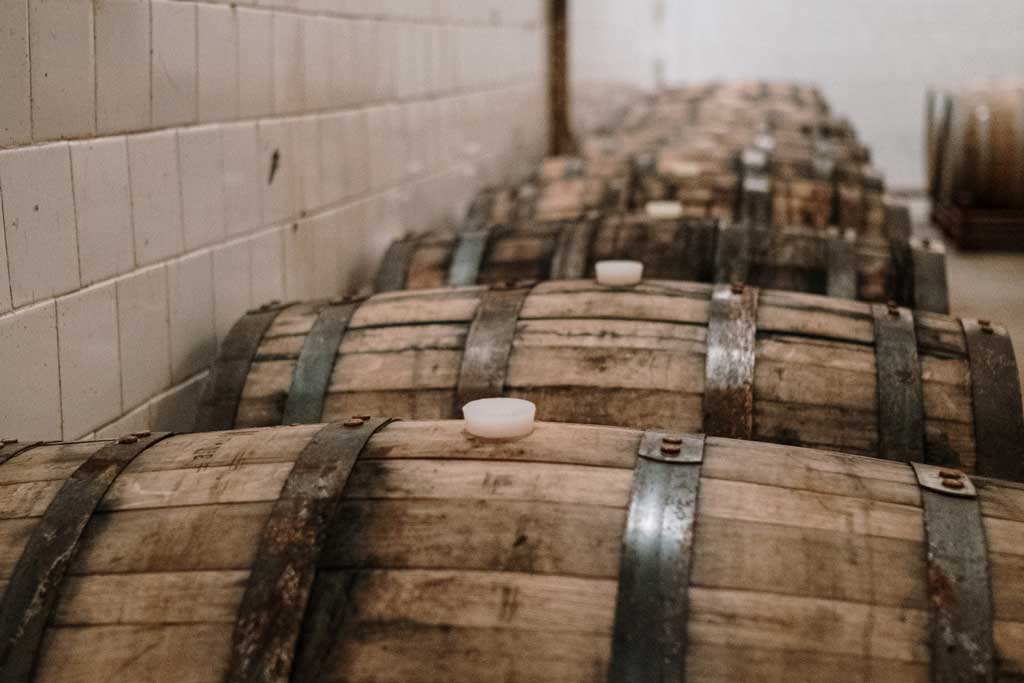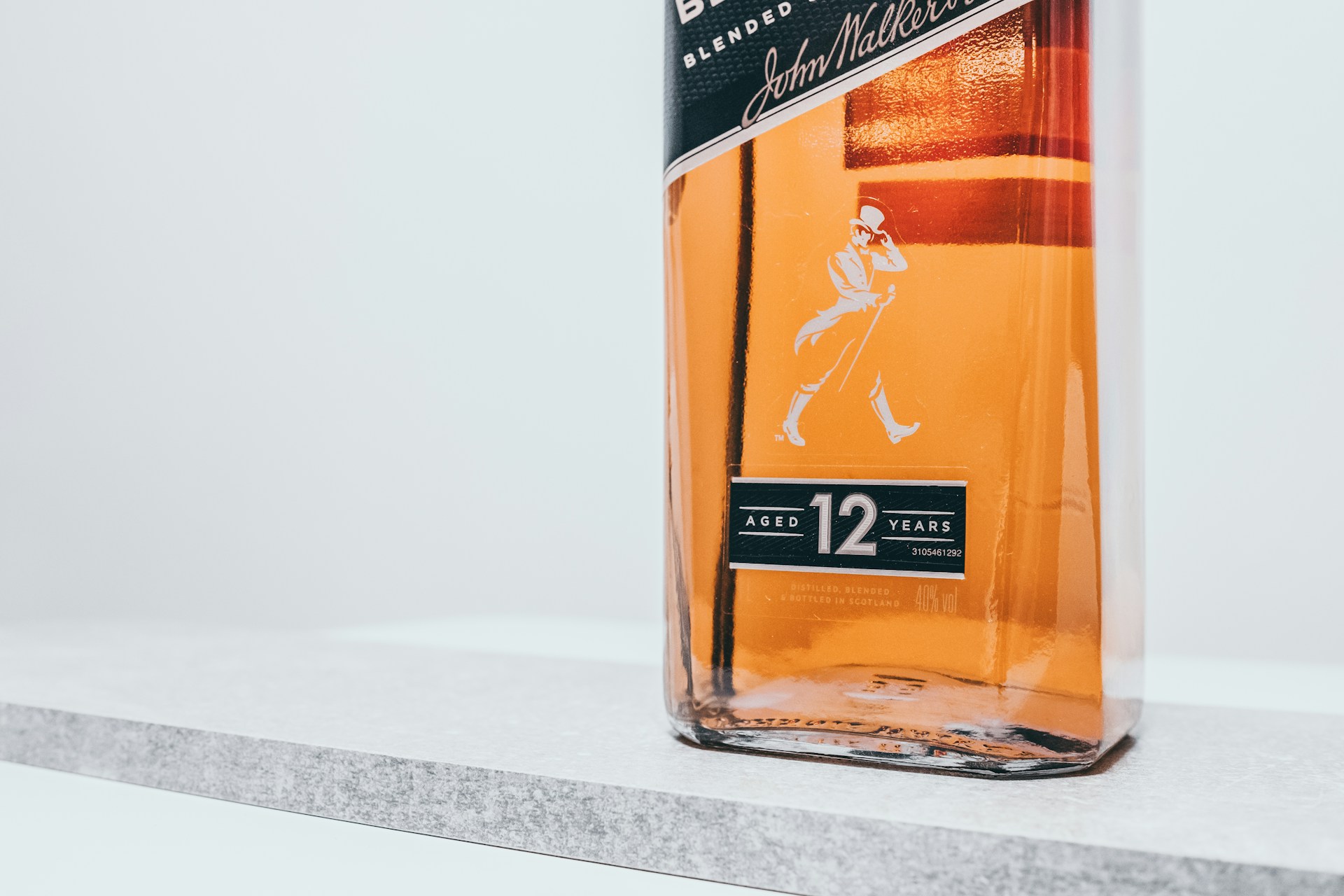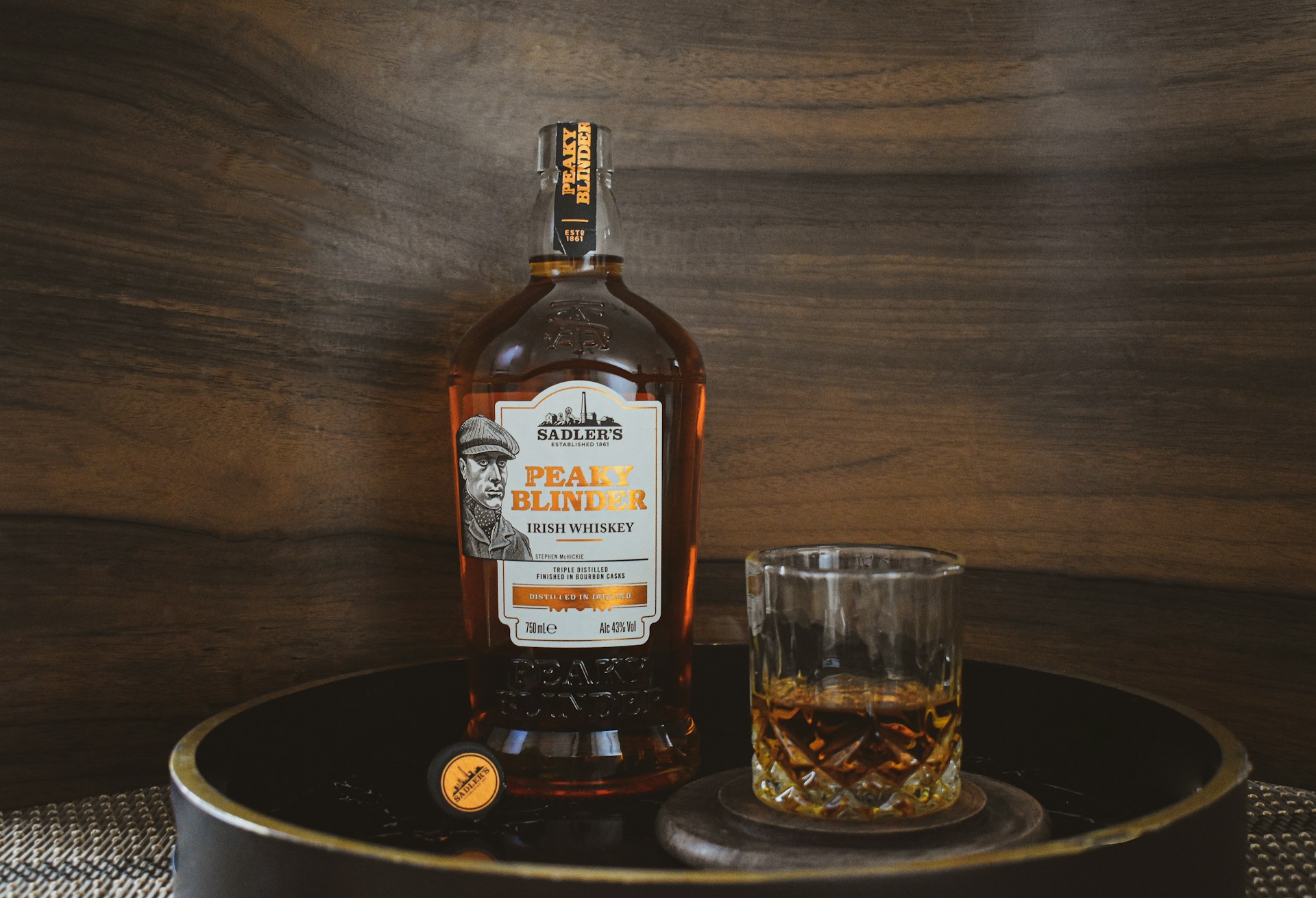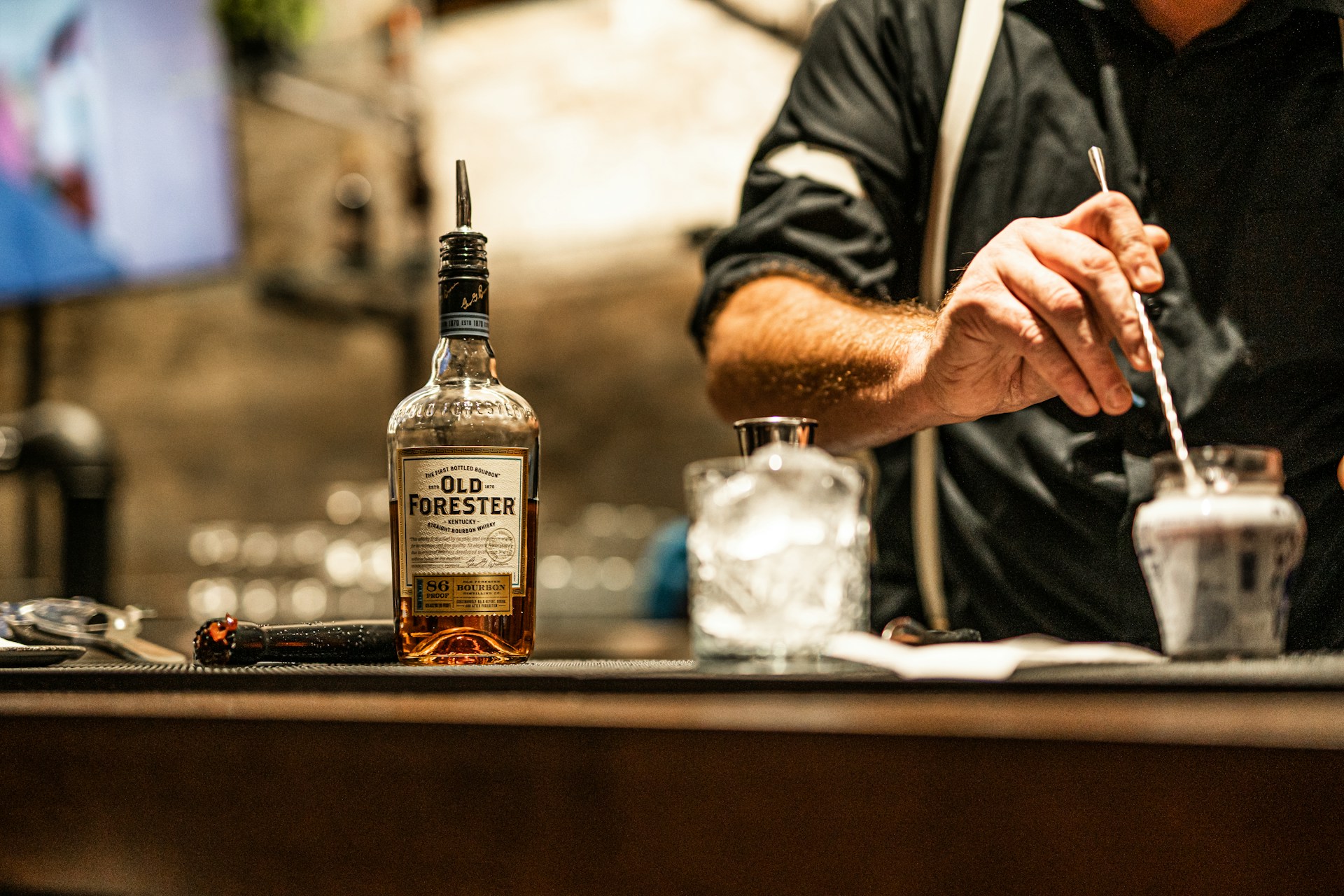Whisky reviews & insights. Find great bottles & sound smarter.

Welcome to Whisky World.
Whisky is one of the most popular and widely consumed spirits in the world, and Whisky World will be your go-to destination for all things related to it.
On Whisky World, you’ll find everything from expert reviews on different types of whisky to detailed descriptions of distilleries and their processes. We’ll also cover different whisky-making techniques, as well as offer tips on how to pair different whiskies with foods. In addition, Whisky World will provide readers with articles about the history of whisky making and its cultural significance around the world.


We believe Whisky World will provide a comprehensive resource for both novices and connoisseurs alike looking to broaden their knowledge on whisky. From the basics such as what distinguishes one type of whisky from another to more complex topics like maturation processes, we’ll have it all! Our goal is to create an enjoyable space where readers can learn about the nuances of this age-old spirit. So join us on Whisky World – your journey into the wonderful world of whisky starts here!







